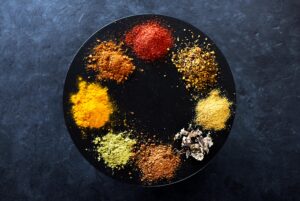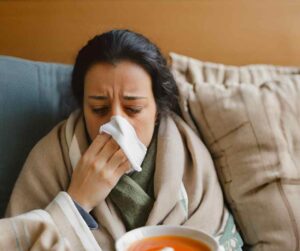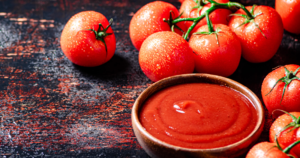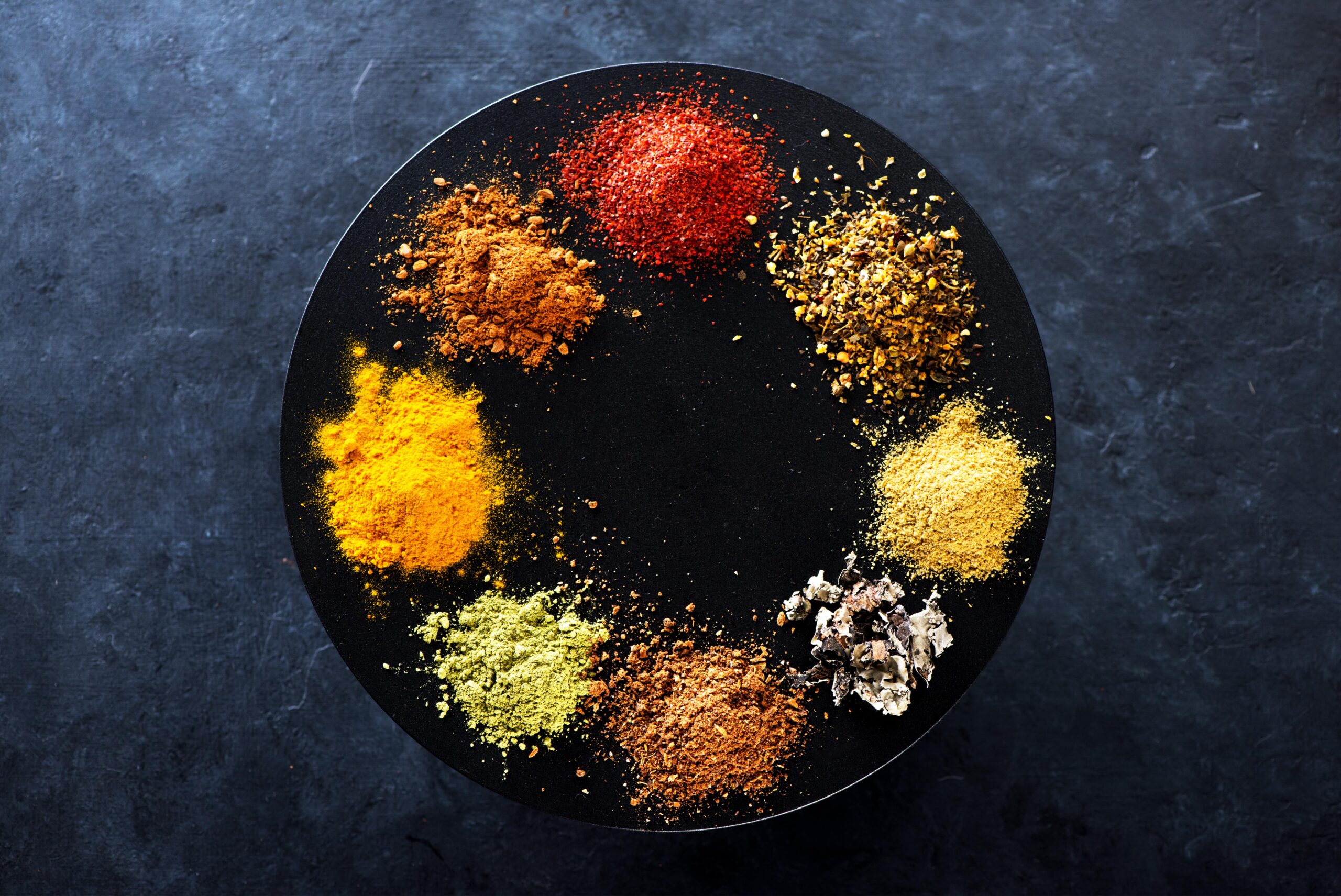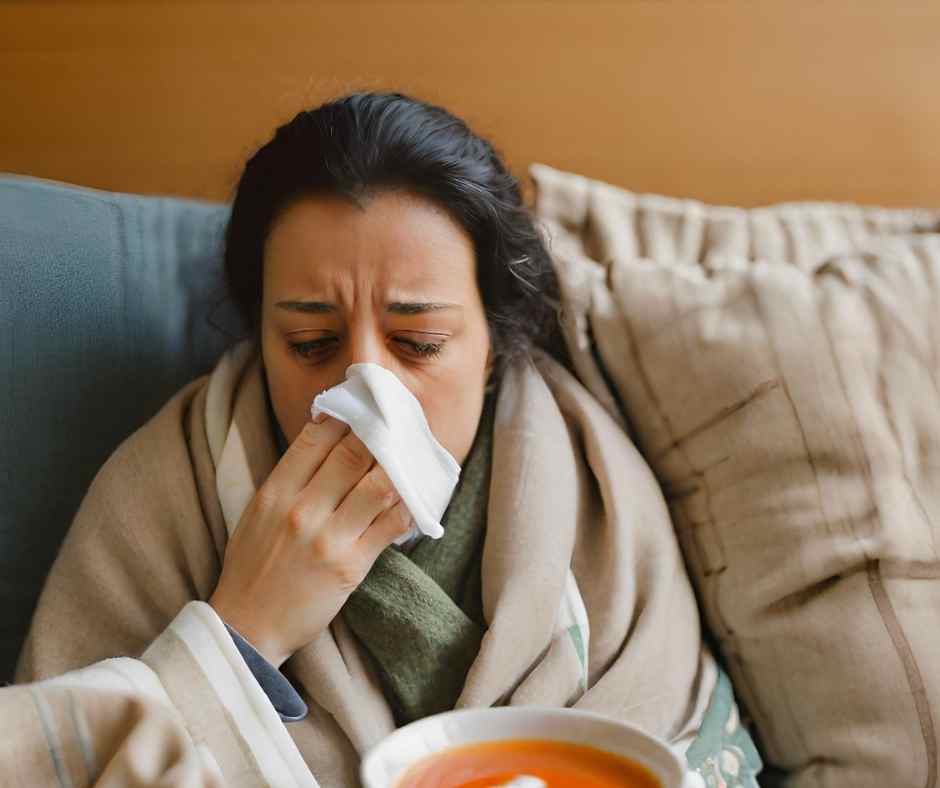Blood thinners, or anticoagulants, are essential for managing a variety of conditions, from heart disease to stroke prevention. With significant advancements in both pharmaceuticals and a growing interest in natural remedies, patients are increasingly looking for a comprehensive comparison. In this in-depth analysis, we will explore both so that you can make informed decisions about your health.
Understanding Blood Thinners
Before diving into the different blood thinning options, let’s establish a foundational understanding of what blood thinners are and how they function.
What Are Blood Thinners?
Medically termed anticoagulants, blood thinners are substances that prevent blood clots from forming. They do this by either inhibiting clotting factors in the blood plasma (pharmaceutical anticoagulants) or preventing platelets from clumping together (antiplatelet drugs). Blood thinners are often prescribed to individuals at high risk of blood clot-related conditions, such as those with atrial fibrillation, heart valve conditions, or deep vein thrombosis.
How Do They Work?
The purpose of any blood thinner is to decrease the body’s ability to clot blood. When taken as directed, a blood thinner can reduce the risk of developing dangerous conditions linked to blood clots. This is achieved by interfering with the complex chemical pathways that form clots, which can prevent existing clots from growing larger and new clots from forming.
Pharmaceutical Blood Thinners
Pharmaceutical blood thinners have drastically improved outcomes for those in need of anticoagulant therapy. They come in several classes, each with its mechanism of action and considerations for use.
Warfarin – A Tried and Tested Anticoagulant
Warfarin, perhaps the most well-known blood thinner, has a time-honored legacy. It’s been the cornerstone of anticoagulant therapy for decades. As a vitamin K antagonist, Warfarin decreases the ability of blood to clot, thereby lowering the risk of stroke, heart attack, and blood clots. However, managing the correct dosage can be challenging due to Warfarin’s interaction with various foods and drugs that also affect clotting.
Direct Oral Anticoagulants (DOACs): Revolutionizing Blood Thinning
Recent years have seen the arrival of novel oral anticoagulants that act more directly and with fewer food and drug interactions compared to Warfarin. Common DOACs like Apixaban (Eliquis), Rivaroxaban (Xarelto), Dabigatran (Pradaxa), and Edoxaban (Savaysa) target specific clotting factors and are taken in fixed doses, reducing the need for frequent blood tests to monitor coagulation levels.
Jantoven: A Similar Vein to Warfarin
Jantoven, a brand of warfarin, is often used when a patient’s diet may be sensitive to changes in vitamin K. It provides a slightly different formulation of Warfarin that can address individual patient needs better, ensuring a more consistent blood-thinning effect. This precision can be vital for some patients.
Harvesting Nature’s Pharmacy: Natural Blood Thinners
The lure of natural remedies has persisted across centuries, and certain agents have been identified as having blood-thinning properties. For those who prefer an alternative or complementary approach, here are some natural blood thinners to consider.
Aspirin: A Classic Compound with Clot-Busting Power
Aspirin, technically acetylsalicylic acid, is not just a pain reliever. Low doses of aspirin are commonly prescribed for those at moderate risk of heart attack or stroke due to its blood-thinning properties, although at higher doses, it functions as a nonsteroidal anti-inflammatory drug. Regular low-dose aspirin helps prevent the formation of blood clots by inhibiting platelet aggregation, much like prescription antiplatelet drugs.
Willow Bark: The Ancestral Aspirin
Long before the synthesis of acetylsalicylic acid, people turned to willow bark as a pain reliever. It contains the same active ingredient that makes aspirin effective at preventing blood clots. When prepared as an herbal infusion, it may offer a milder but akin to aspirin effect on clotting.
Turmeric: The Golden Anticoagulant
The active component in turmeric, curcumin, has been suggested to have anticoagulant properties by inhibiting platelet aggregation and reducing the level of clotting proteins in plasma. Turmeric consumption, through dietary means or as a supplement, could have anticoagulant effects. However, the exact dosage and efficacy for blood-thinning purposes are yet to be firmly established.
Ginger: A Zesty Clot Inhibitor
Ginger is another kitchen staple with potential anticoagulant effects. Similar to turmeric, ginger appears to interfere with the clotting process by reducing platelet clumping. Its use has been suggested to reduce the risk of blood clots, but much like turmeric, the dosages required to have a clinical effect are not well-defined.
Cayenne Pepper: The Hot Helper for Clotting
Cayenne pepper’s active ingredient, capsaicin, is known for promoting heart health by dilating blood vessels and improving circulation. Capsaicin’s role as a natural blood thinner is through similar anti-platelet mechanisms, decreasing clots’ likelihood. Incorporating cayenne pepper into one’s diet could be an enjoyable way to help manage clot-related risks.
Vitamin E: The Blood Clot Breaker
Vitamin E is an antioxidant that helps protect cells from damage, and some studies suggest it may also have mild anticoagulant properties. Found in nuts, seeds, and vegetable oils, increased vitamin E consumption could potentially influence clotting by similar anti-platelet effects.
Making the Choice
Choosing between natural and pharmaceutical blood thinners is highly individual and should be done under professional guidance. Here are considerations when making that choice:
Efficacy and Safety
Both natural and pharmaceutical blood thinners carry benefits and risks. While pharmaceutical agents have undergone stringent testing, natural remedies’ efficacy and safety profiles may not be as well-established. Understanding the potential outcomes and side effects is crucial to making an informed decision.
Lifestyle Considerations
Some blood thinners require careful dietary management to ensure their effectiveness and safety, while others are more flexible. Additionally, certain lifestyle factors, like an injury-prone profession or participation in contact sports, can influence which type of blood thinner is more suitable.
Cost and Accessibility
The accessibility and cost of medications and supplements can play a significant role in a patient’s ability to stick to a prescribed regimen. Generic blood thinners might be more affordable, but natural supplements can also vary widely in price and quality.
Integrative vs. Exclusive Approach
For some, using natural blood thinners is part of a broader integrative healthcare approach. Nonetheless, it’s important to seek medical advice before incorporating natural remedies into a regimen that includes pharmaceutical blood thinners. Close communication with healthcare providers is necessary to ensure safety and avoid interactions.
Navigating
The decision to use natural or pharmaceutical blood thinners is far from straightforward. It requires consideration of various health, lifestyle, and personal factors. Always consult a healthcare professional before starting or adjusting blood thinner therapy and discuss any potential natural remedies to avoid unexpected interactions.
Remember, the goal of anticoagulation therapy is to manage clotting risks while maintaining your quality of life. By weighing the benefits and drawbacks of each approach, you can make choices that promote your well-being effectively and sustainably. Whether you opt for pharmaceuticals or the promise of nature, your health journey is unique, and your care should reflect that.
Please visit www.IMWLP.com to learn more or sign on as a patient! For more information or to book an initial appointment please call our office at (239) 362-3005 Ext 200.
*We are a cash based member only practice. We do not accept insurance. Thank you for understanding!

